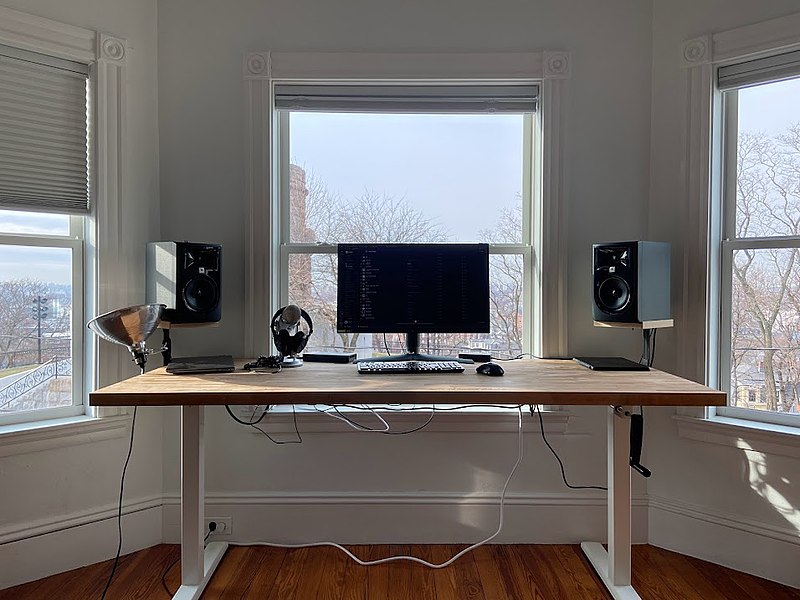The modern workplace is undergoing a significant transformation, especially when it comes to ergonomics and comfort. One major change that’s gaining popularity is the introduction of adjustable workstations that cater to both sitting and standing preferences. For those contemplating this shift, transitioning to a Sit Stand Desk can greatly enhance workplace comfort, productivity, and health. This article delves into the essential tips to ensure a smooth transition and maintain a healthy workspace.
Understanding the Benefits
Before jumping into the transition, it’s vital to comprehend the underlying advantages of these adjustable workstations. Standing for parts of your workday can increase circulation, reduce the risk of chronic diseases associated with prolonged sitting, and even boost energy levels. On the flip side, when you sit for too long, your body tends to slump, leading to potential back and neck problems. Thus, by alternating between sitting and standing, you can circumvent these issues. However, it’s essential to strike a balance and avoid standing for extended periods, which can lead to other health complications, like leg pain or cardiovascular problems.
Getting Started the Right Way
Starting slowly is the key. It might be tempting to stand for the entire day, but your body needs time to adjust. Begin with shorter standing intervals, perhaps 20-30 minutes at a time, and gradually increase as your body becomes accustomed. Switching too abruptly can strain your legs and back. Moreover, your focus and productivity can drop if you force yourself into an unfamiliar routine too quickly. With time, you’ll find your rhythm and discover the optimal duration to alternate between sitting and standing.
Setting Up for Ergonomic Success
While adjustable workstations are designed for comfort, the correct setup is crucial. Your screen should be at eye level, preventing any neck strain. Your arms should form a 90-degree angle when typing, and your feet should be flat on the ground or on a footrest, ensuring an aligned posture. Lighting is another critical aspect; ensure your workspace is adequately illuminated to prevent eye strain. Consider adjustable chairs that can be tweaked to your preferred height and provide proper lumbar support. Remember, a holistic ergonomic environment extends beyond just your desk.
Listening to Your Body
Your body will give signals when it’s time to switch positions. If you start to feel discomfort or fatigue, it’s a sign to change your stance. Taking short breaks, stretching, and walking around periodically can also help in breaking the monotony and maintaining good health. Drinking water regularly can remind you to take a break, and it keeps you hydrated. These simple, regular movements can improve circulation and mitigate the risks associated with continuous sedentary behaviour. Additionally, paying attention to these subtle cues will ensure you get the maximum benefit from your adjustable workstation.
Creating a Dynamic Workspace
Beyond just the desk, consider other elements in your workspace. An anti-fatigue mat can be a great addition when standing. Also, investing in good-quality, ergonomic footwear can make a world of difference. Having plants around can introduce a calming effect and improve air quality. Personalise your workspace with elements that inspire and motivate you, be it pictures, colours, or specific tools. In the long run, an environment that resonates with your personal style and needs will contribute significantly to your efficiency and well-being.
In conclusion, as the workspace evolves, the rise of flexible furniture, like the adjustable workstations, signifies a step in the right direction. Transitioning to a Sit Stand Desk might initially seem challenging, but with the right approach, it can be one of the best decisions for your health and productivity. As always, the key lies in balance and listening to your body’s needs. Furthermore, the incorporation of flexibility in one’s daily routine can have profound effects on both mental well-being and physical health, ensuring a holistic approach to office ergonomics.

